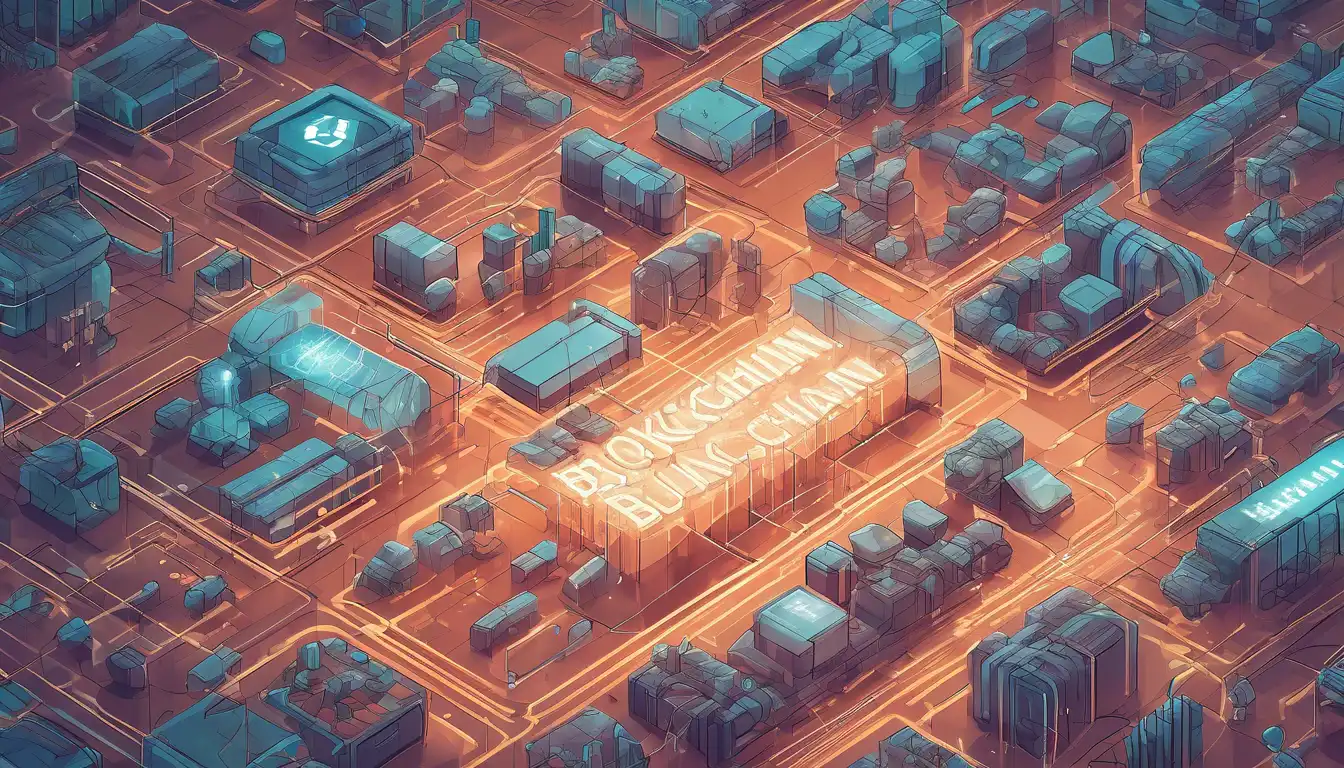The Blockchain Revolution in Supply Chain Management
In the digital age, blockchain technology is emerging as a transformative force in supply chain management. By enabling secure, transparent, and tamper-proof transactions, blockchain is setting the stage for a new era of efficiency and trust in global supply chains.
Understanding Blockchain's Role
At its core, blockchain is a distributed ledger technology that allows data to be stored globally on thousands of servers. This decentralization ensures that no single entity can control the data, making it inherently resistant to fraud and errors.
Key Benefits for Supply Chains
- Enhanced Transparency: Every transaction or movement of goods can be recorded on the blockchain, providing an immutable and transparent history.
- Improved Security: The cryptographic nature of blockchain makes it nearly impossible to alter recorded data without detection.
- Increased Efficiency: Smart contracts automate processes, reducing the need for manual intervention and speeding up transactions.
- Reduced Costs: By eliminating intermediaries and streamlining operations, blockchain can significantly lower costs.
Real-World Applications
From food safety to luxury goods authentication, blockchain is already making waves across various sectors. For instance, retailers are using blockchain to trace the origin of products, ensuring authenticity and ethical sourcing.
Challenges and Considerations
Despite its potential, blockchain adoption faces hurdles such as scalability issues, regulatory uncertainty, and the need for industry-wide collaboration. Overcoming these challenges is crucial for realizing blockchain's full potential in supply chain management.
The Future Outlook
As technology evolves, blockchain is expected to become more integrated with other emerging technologies like IoT and AI, further enhancing supply chain visibility and efficiency. The future of blockchain in supply chain is not just about technology; it's about creating a more connected and trustworthy global trade ecosystem.
For more insights into how technology is shaping the future of industries, explore our technology trends section.
